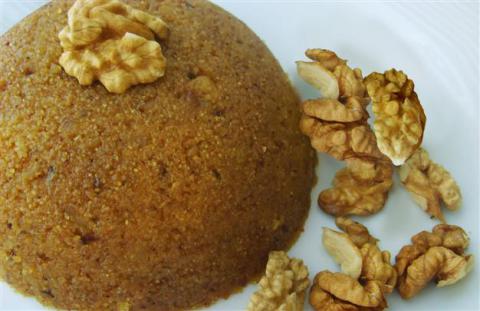Food for farewells

"Como te ves me vi
Como me ves te versa"
This is a phrase inscribed over the gate of many cemeteries in the Latin world, reminding that one day you'll be like the people who you're about to visit. A similar verse from Quran adorns the entrance of graveyards in Turkey: "Her nefis ölümü tadacakt?r! / Every soul will taste death!" What a way to remind people of the chilling reality of life!
November is about death. In the Inca calendar, November is equal to the Lunar month of Ayamarca and the entire month is dedicated to the Festival of Dead. In Mexico the first two days of November are also reserved to celebrate the deceased as "Dia de Muertos," the Day of the Dead. All these traditions can be seen in one way or another throughout the world, mostly taking place after the harvest. Today is All Soul's Day, which in many countries means a picnic in the graveyard. Visiting the souls of the departed with their favorite foods and drinks is a way to celebrate their life and memories. Likewise, funeral food is a sweet farewell to the beloved one and is usually universally sweet.
In Turkey, the most popular sweet dish prepared for mourners after a funeral is helva, usually made from flour or semolina browned in melted butter, then steeped with a mixture of sugar and milk or water.
Anatolian Greeks, on the other hand, bid farewell to the dead with koliva, a celebratory dish of boiled wheat berries. Some suggest that the term koliva derives from helva, but it actually comes from ancient Greek kollybos, the smallest coin, whose name relates to a Semitic word meaning "to exchange." Georgians also prepare a mourning dish of honey-sweetened boiled wheat berries called gorgot or korkoti for funerals and commemorations. Similar dishes appear...
- Log in to post comments










